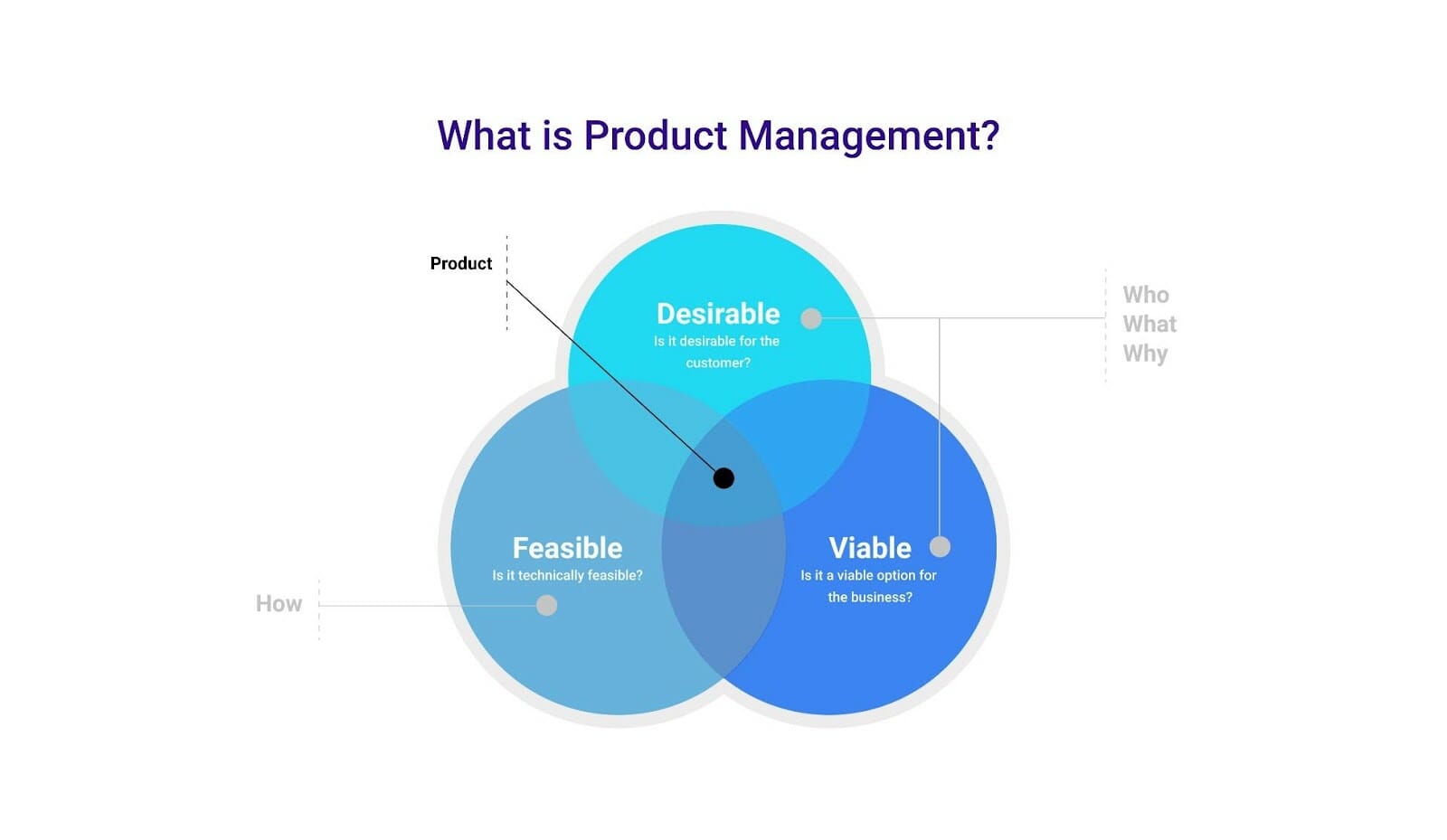In product design, the main challenge is getting people to use your product. To do that, we first need to understand the people we're designing for.
This can be tough for any product team. However, it gets even harder when you’re building for a different culture.
In our Other Land team, we’ve had the opportunity to work with different cultures and markets, with one of them being the MENA (Middle East and North Africa) region. It encompasses various cultures and languages, making it incredibly complex and interesting to us.
We’ve dealt with amazing companies in the MENA region, helping them apply best practices from other cultures and locations to solving challenges in their market. And we’ve learned a lot along the way.
Now, we’re sharing our experience here, hoping that you will find it useful.
Imagine you want to bring a successful product concept from one market to completely different culture.
First, you need to accept that your assumptions won’t give you a full understanding of who you’re designing for, how they view the problem, and what solutions they’re already using (if any).
Without a clear view of the new market, there’s a high risk of failure — the audience may see the core problem differently.
That’s why gathering the right information is critical:
This process requires deep discovery — conduct user interviews, gather feedback, and test hypotheses. Building relationships with your audience helps you understand their worldview and how they might see your product.

Countries and cultures in the MENA region vary in digital adoption due to connectivity, logistics, and regulatory issues, which slows tech development and encourages people to use non-digital solutions.
Culturally, some areas are more reserved about learning from abroad, more group-focused, and more inclined to trust authorities and institutions, which also shapes how tech is viewed.
As a result, the digital product market is still in its early growth stages. A smaller tech talent pool and fewer established practices add to the challenge — but also create opportunity.
By combining global experience with understanding of the local context, entrepreneurs can build useful and successful products for the developing market.

Designing for the MENA region requires special attention to things like language differences, how text is placed on the page, and how visuals complement UI copy. You also need to consider what’s considered familiar, appropriate, or even offensive, especially when it comes to symbols, colors, and images.
To do’s:
Some places have strong internet access and logistics, so people use mobile apps for everyday tasks. In other areas, weak connectivity and logistics mean many people stick to cash and offline methods.
Also, make sure you are aware of not only product usage scenarios but also the complex picture, which involves the daily context of your audience. And then, build the product with this knowledge at its core, which will help focus on eliminating obstacles well before adding nice-to-have features.
To do’s:
The speed of tech adoption relies on trust. E.g., if cash is the most popular currency format in a certain area, you wouldn’t expect the same adoption of a digital banking product as in the areas where users routinely use digital payment solutions.
Therefore, consider explicit work on educating users, creating transparent customer journeys, and providing clear information on all policies that you follow to protect users. Include various ways of supporting users along their interaction with the product based on what they find most convenient and familiar.
To do’s:

If the tech niche isn’t very active and the digital product market isn’t very populated, product-building practices would often come from conservative areas. This leads to building rigid processes, slow development, and overspending.
To prevent that, you need processes that allow you to create and validate assumptions as quickly as possible with minimal resources. Then, after you have sufficient proof of the concept, you can invest more resources into building market-ready versions.
To-do’s:

The core prerequisite for success at scale is the one you set at the beginning and strive to stick to as best as you can—establishing the right processes and focusing on building what users need, not what you want them to need.
A well-established feedback process, continuous market analysis, and disciplined prioritization would be best friends. And then, on the execution side, reuse as much as possible, avoid unnecessary complexity, and optimize what you have in a timely manner.
The MENA region has huge potential with its cultural diversity and growing digital space. The timing is also favorable now due to improvements on the regulatory side, increasing investment interest, governmental support in certain areas, and overall technological progress.
To use these possibilities, you need to understand what kind of audience you’re serving and what they actually need. Start with cultural and technical challenges of your TA and the problem they need to be solved. And then move to earning trust by communicating yourself clearly and with respect to the audience.
Well-established iterative processes, modular approaches, and design systems will help with this as you will be able to better optimize resources and reduce building and validation time.
Finally, never let relationships with users get out of your focus. Get feedback and make sure it works both ways, meaning you address what you hear from them in your product and support.
All these steps will help you not only enter the market but also build products that improve lives and therefore earn long-term user loyalty.








